Transform 2020. A global geocomputing celebration and hackathon
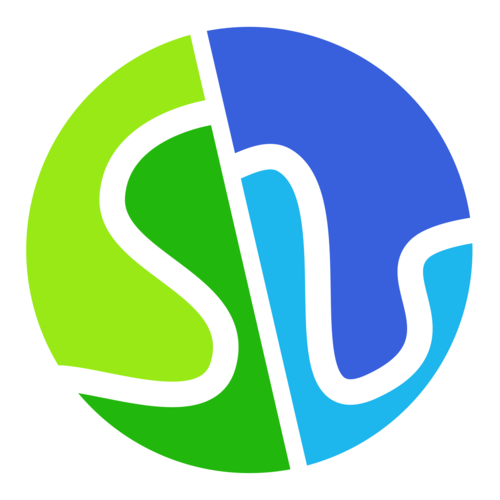
This week was the Transform 2020 Conference, a global, virtual gathering of people interested in geoscience and computing. It was eight awesome days of hacking, learning, and talking about digital solutions for subsurface geoscience problems. I learned a ton, met some great people, and even built something useful with a team at the hackathon.
It was organized and hosted by the people at the Software Underground, an organization that anyone interested in geoscience and computers needs to join. It’s a grassroots community centered around a slack group that I’ve been a part of for several years. Recently, the organization legalized into a formal non-profit organization and society. It’s been fun and rewarding to watch this organization evolve, and this next step is really exciting. Keep an eye on it, a lot more amazing things are going to happen.
The Hackathon
A lot that happened at this conference gave me confidence in the future potential of remote work and global collaboration, but nothing more so than the hackathon. I worked on a team of people in seven countries to build up a well data analysis dashboard* that allows for interactive plotting of well log curves.
With Slack, Zoom, Miro, and GitHub we were able to seamlessly collaborate on our project from around the world. It was really exciting to wake up in the morning and see what work my teammates in Europe, Australia and Oman had done while my Mexican teammate and I were sleeping.
This project was the first time I was introduced to Miro, a live, interactive whiteboarding tool. In the picture below, you can see my point of view as we worked together to sketch out the layout and flow of our dashboard.
We built up our dashboard using using the Python packages Plotly and Dash, and we deployed the app live to heroku. There is a lot more functionality we would like to add, and we plan to continue working on the project. You can checkout our GitHub repo to see our progress or to contribute. I’m really proud of the progress we made leveraging our different skills, especially since most of us didn’t have much experience with these particular tools and frameworks beforehand.
I also worked on a dashboard tool for interpreting well tops interactively. This is a critical piece of the subsurface geoscience workflow that seems to be missing in the current open source stack. The process of “picking tops” consists of identifying points at specific depths in a well that correspond to where the well intersects geologically significant surfaces. Geologists correlate these depth measurements to data in nearby wells to create models of the subsurface. Despite some efforts to automate this task, it’s still a very manual process. Any commercial software dedicated to interpreting subsurface well data will have a tops picking or well correlation module as one of its main features.
What I was able to accomplish with this tool is really encouraging. It definitely proves the concept that building a tops picking tool in Plotly and Dash is possible.
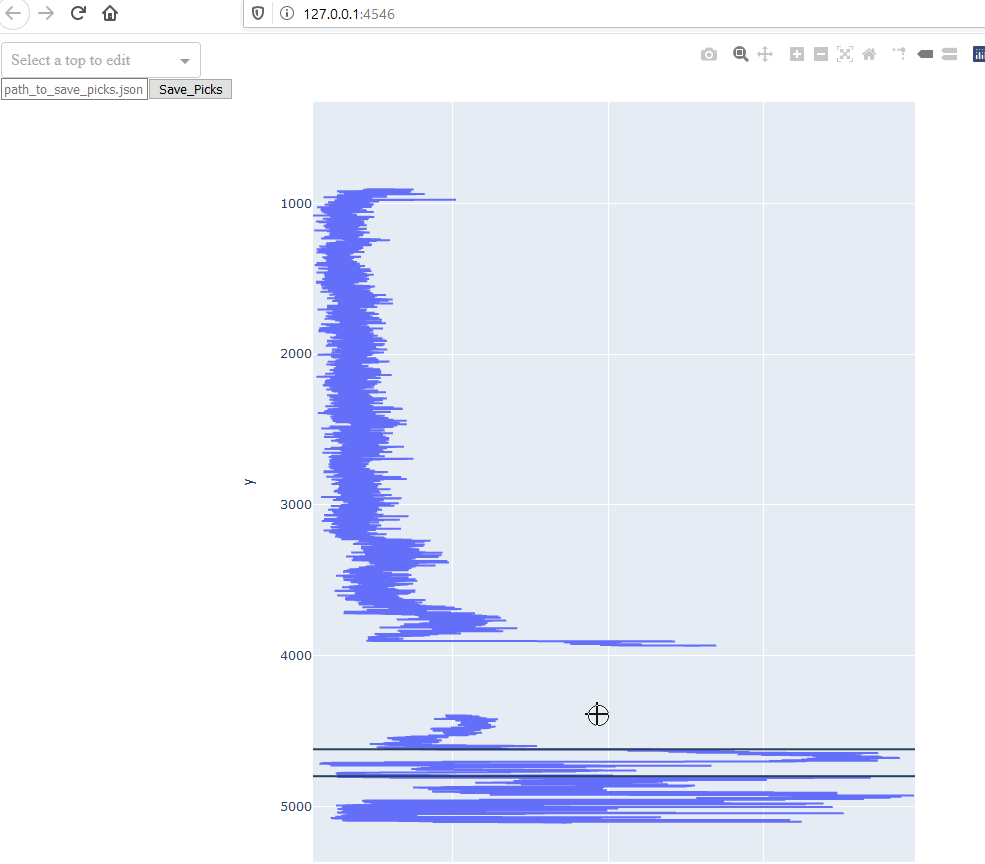
* This project is in active development and chances are this link will break. I’ll try to keep it updated!
The Tutorials, Lightning Talks and Unsessions
The hackathon was just one part of the conference. There were also multiple tutorial sessions per day, two sessions for lightning talks, and two unsessions. A huge thank you to all the presenters and people behind the scenes who made all of this possible.
The tutorials covered topics ranging from “Intro to Python” to training on specific open source tools to “Idea to MVP” where Matt and Brendon built and deployed a machine learning app (think hotdog-not-hotdog) to identify fossils in three hours. I learned so much from the tutorials and have a long list of YouTube to catch up on now. You can find links to all the tutorial videos and repos here.
I enjoyed the lightning talks as well. Each presenter had about 5 minutes to present on any topic they wanted. It was a great opportunity to see what people in the community are interested in and working on.
I was able to attend one of the unsessions where we discussed what open source tools are needed in our field. It was great to be a part of the discussion and to see technology being used productively to make sure everyone was able to contribute to the conversation.
Black Lives Matter
Transform 2020 coincided with racial tension around the world and protests focusing particularly on the issue of anti-black racism. Just before the conference, a group of black researchers proposed an initiative that lead to the #ShutDownSTEM movement in support of anti-racism in science, technology, engineering, and math fields. As part of the movement, the Transform organizers decided to cancel or postpone all events originally scheduled for Wednesday. In their place, they facilitated productive, thoughtful conversations and shared resources about confronting racism and promoting diversity. I think this was a great move. It’s encouraging to be part of an organization that takes this issue seriously and is actively working to be supportive and welcoming to everyone.
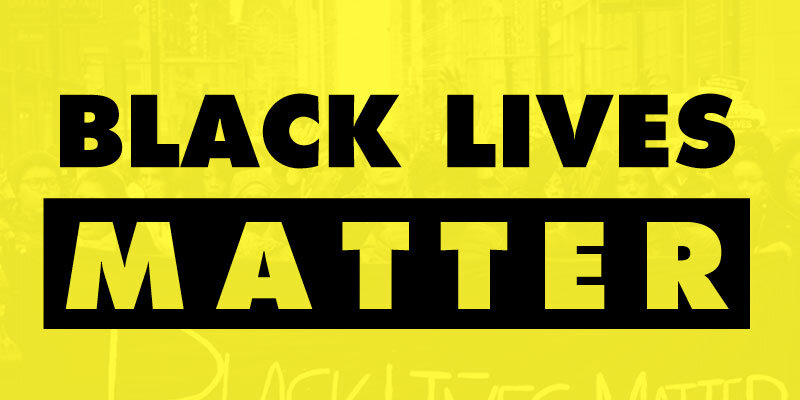
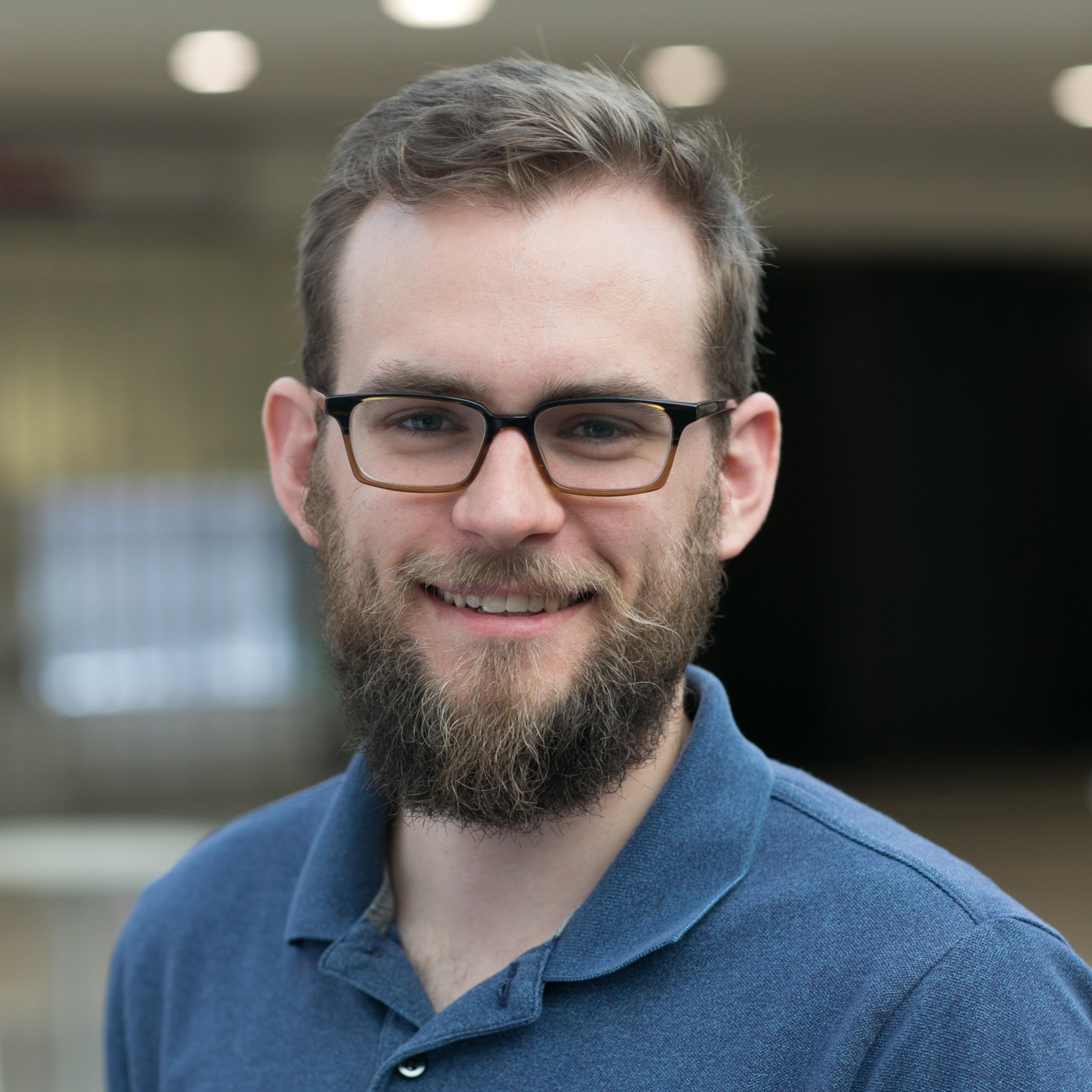
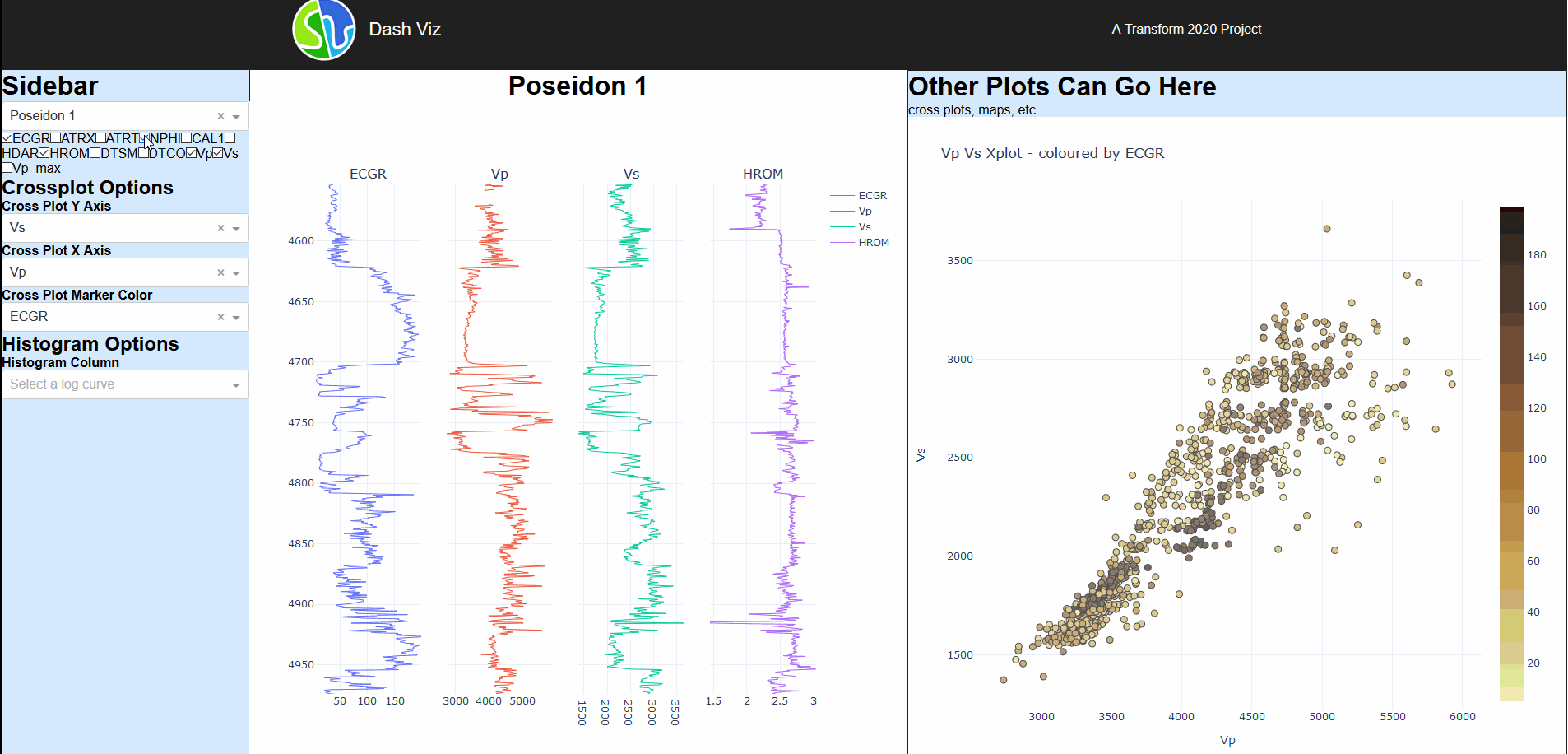
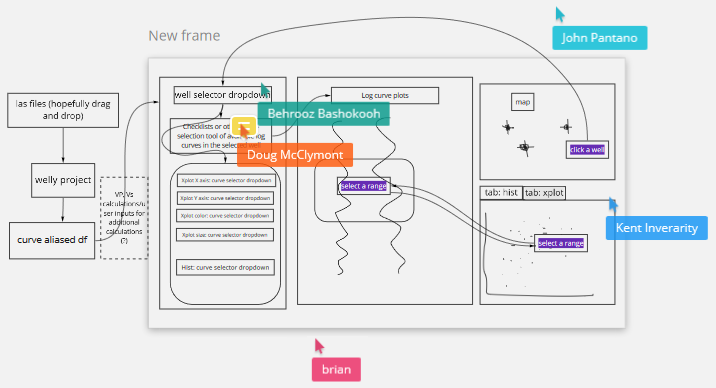
Comments